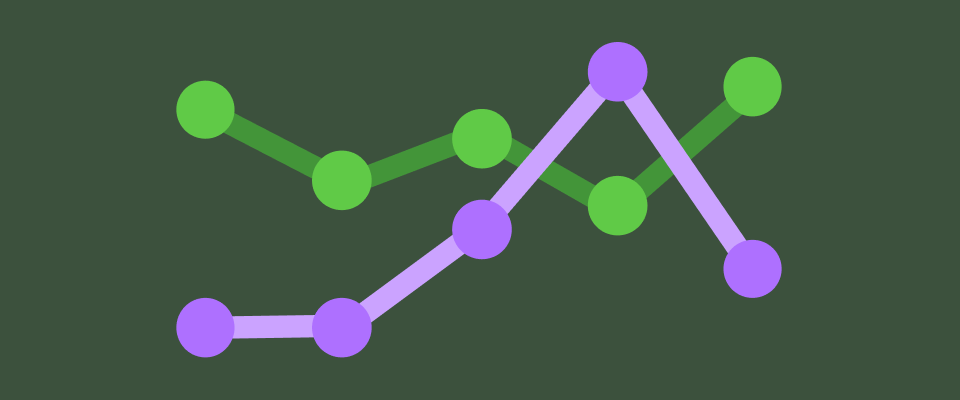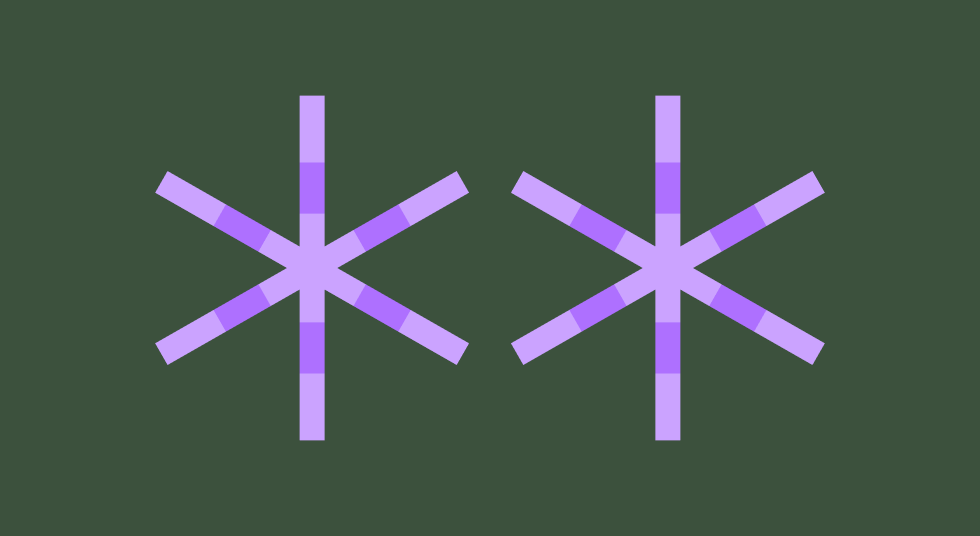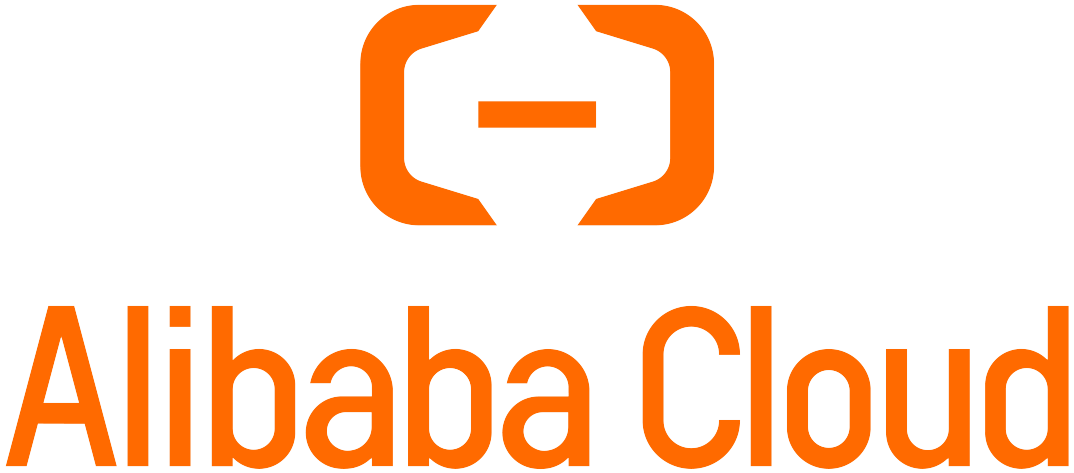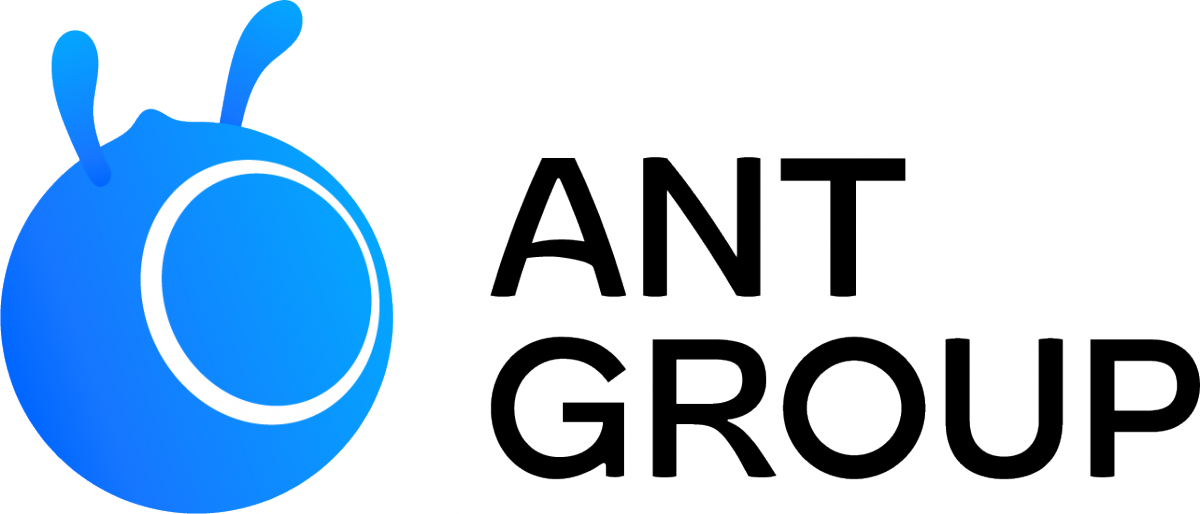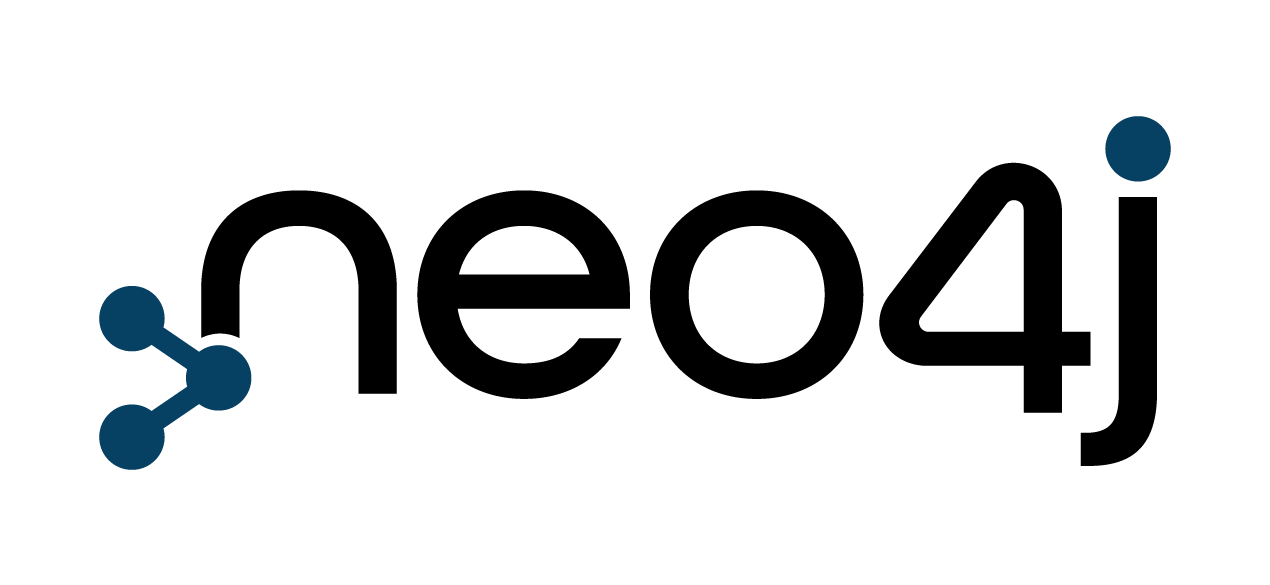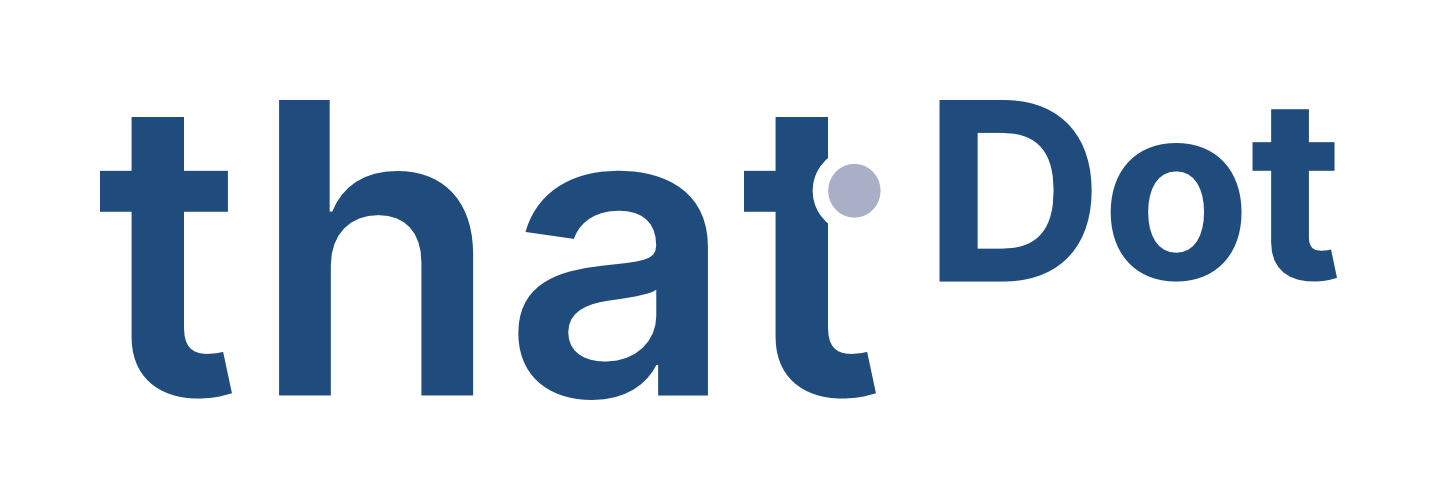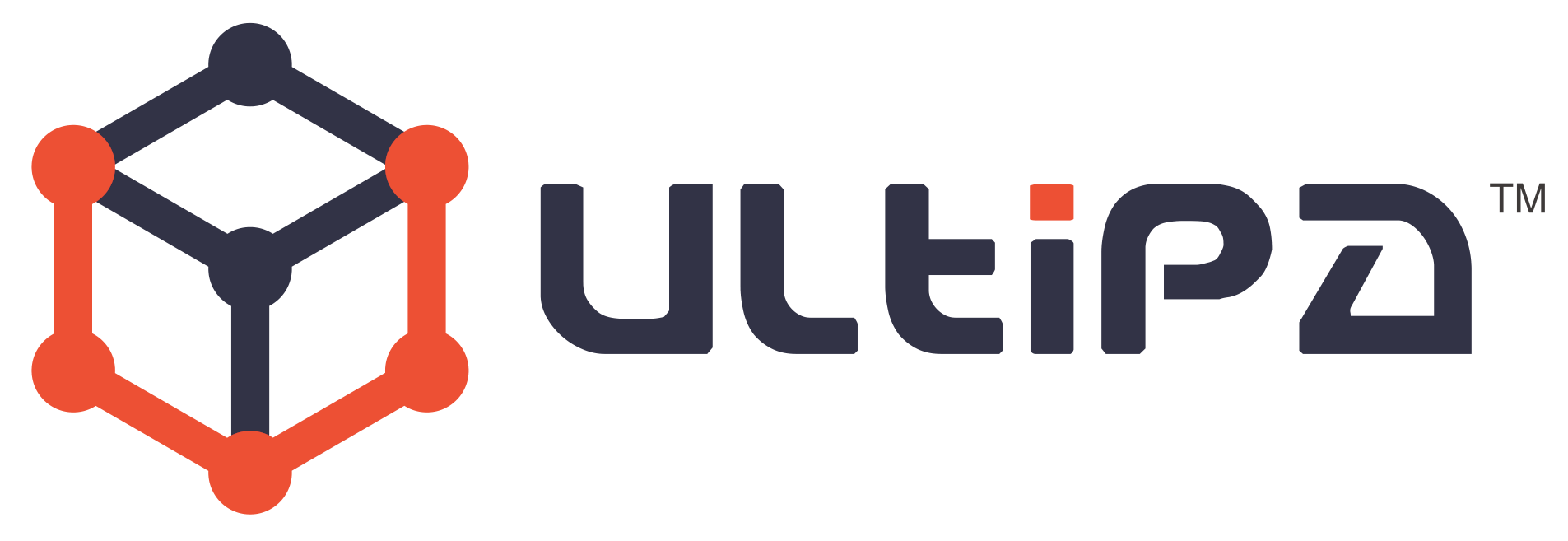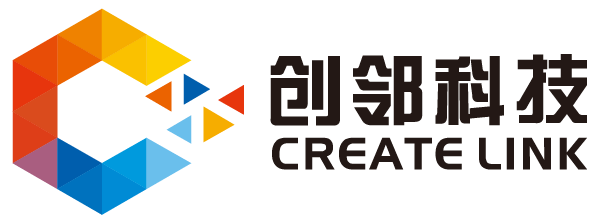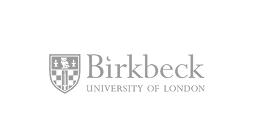Graph Data Council
The Graph Data Council (GDC), formerly known as the Linked Data Benchmark Council (LDBC), is a non-profit organization that defines standard graph benchmarks and fosters a community for graph processing technologies.
Read more
Benchmarks
Every LDBC benchmark is designed following a multi-step process that ensures the benchmark's relevance and fairness.
Join us to collaborate on standards and influence the benchmarks that drive the graph database industry forward.
Join us!FAQ
The Graph Data Council (GDC) is a non-profit organization that works in the area of graph data management. GDC defines graph benchmarks and carries out research in graph schemas and query languages. GDC’s scope includes Linked Data data standards (e.g., RDF and SPARQL), property graphs (e.g., the ISO GQL language), and relational database management systems (e.g., the SQL/PGQ extension of SQL:2023).
The organization was originally named the Linked Data Benchmark Council (LDBC). It now operates under the name, Graph Data Council (GDC), to reflect its focus on graph data management technology, which includes but is not limited to Linked Data technologies such as RDF and SPARQL.
GDC is run by the Board of Directors. The board frequently consults with the Policy Council, which consists of representatives from member companies and individual members.
The GDC defines standard graph database benchmarks to accelerate the progress in the field, similar to how the TPC has created competition in the relational data management space. GDC is also active in promoting standard graph query languages such as GQL and SQL/PGQ. For a brief introduction, see the presentation on GDC and the accompanying paper.
Please visit our becoming a member page.

